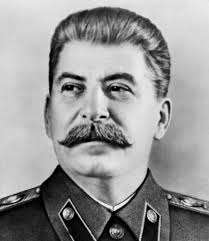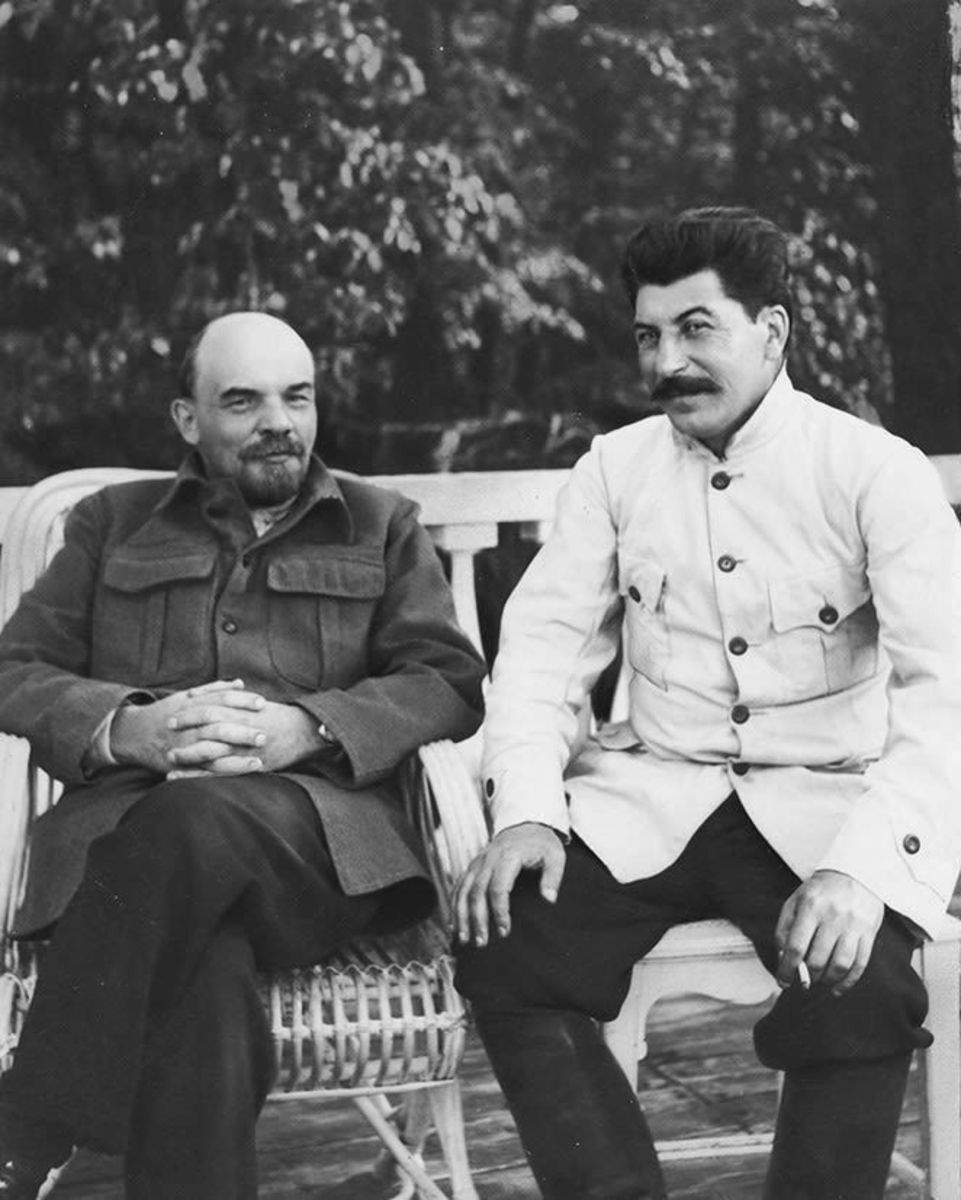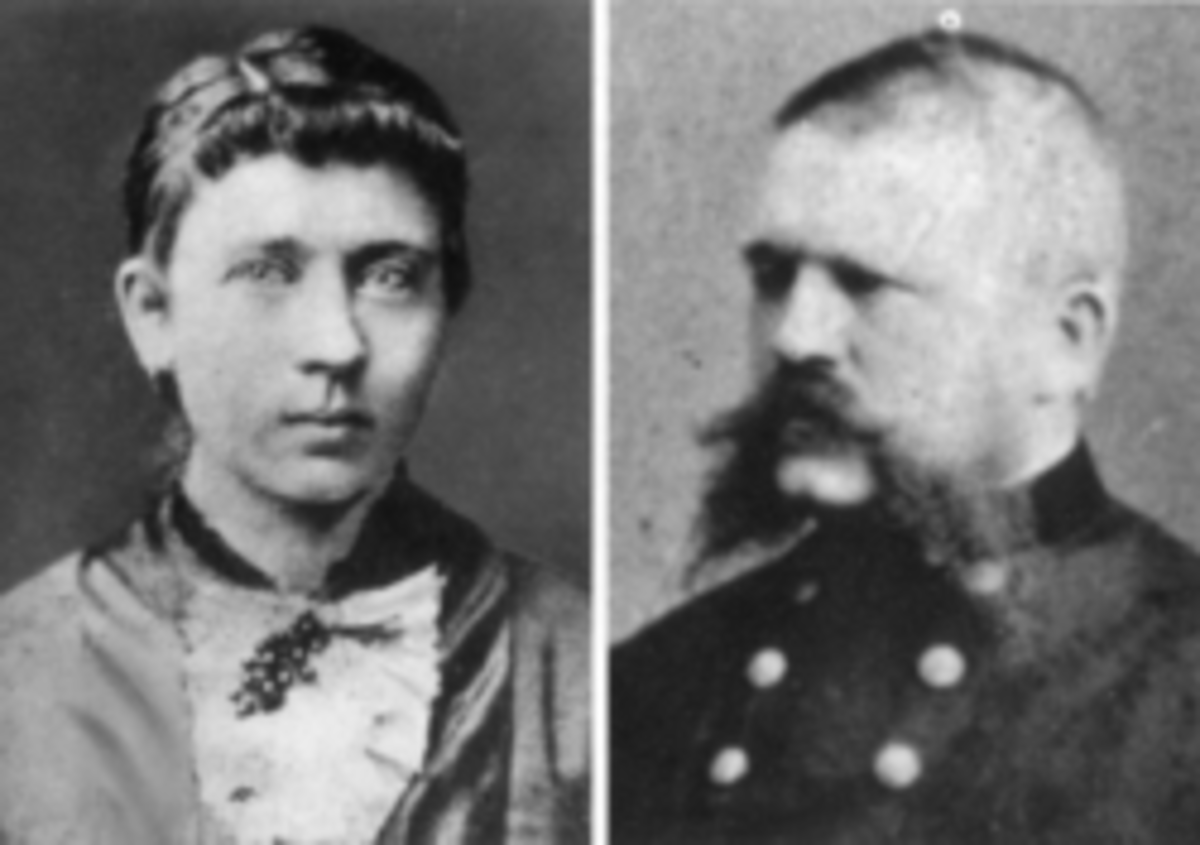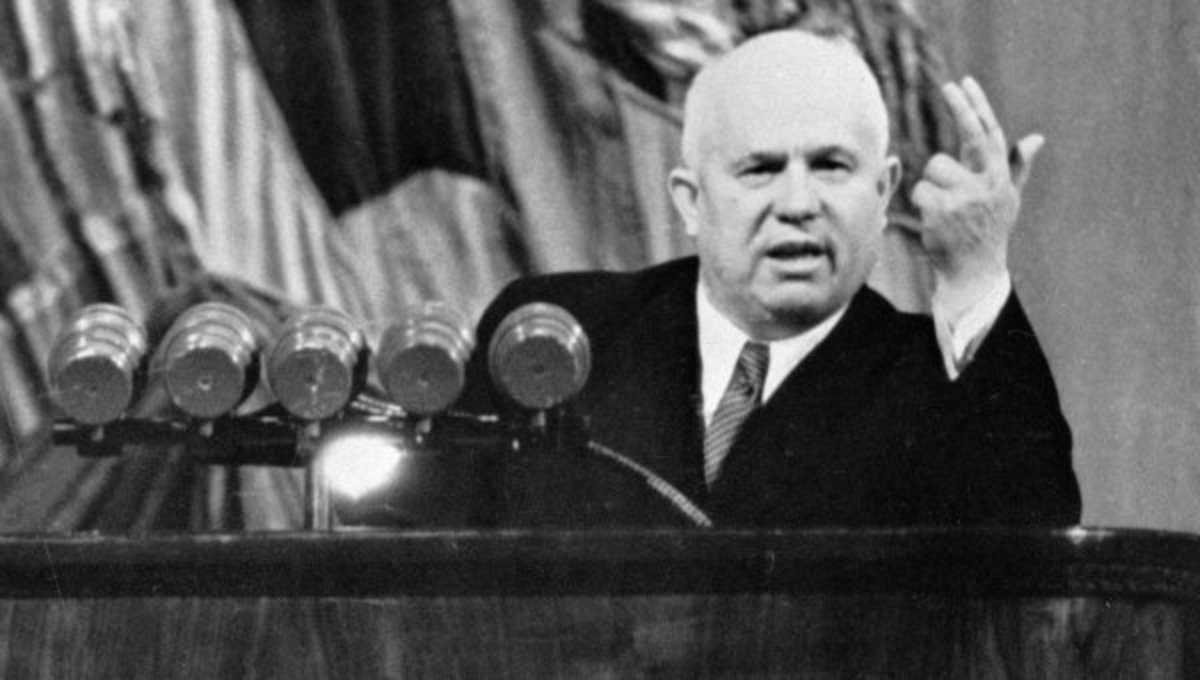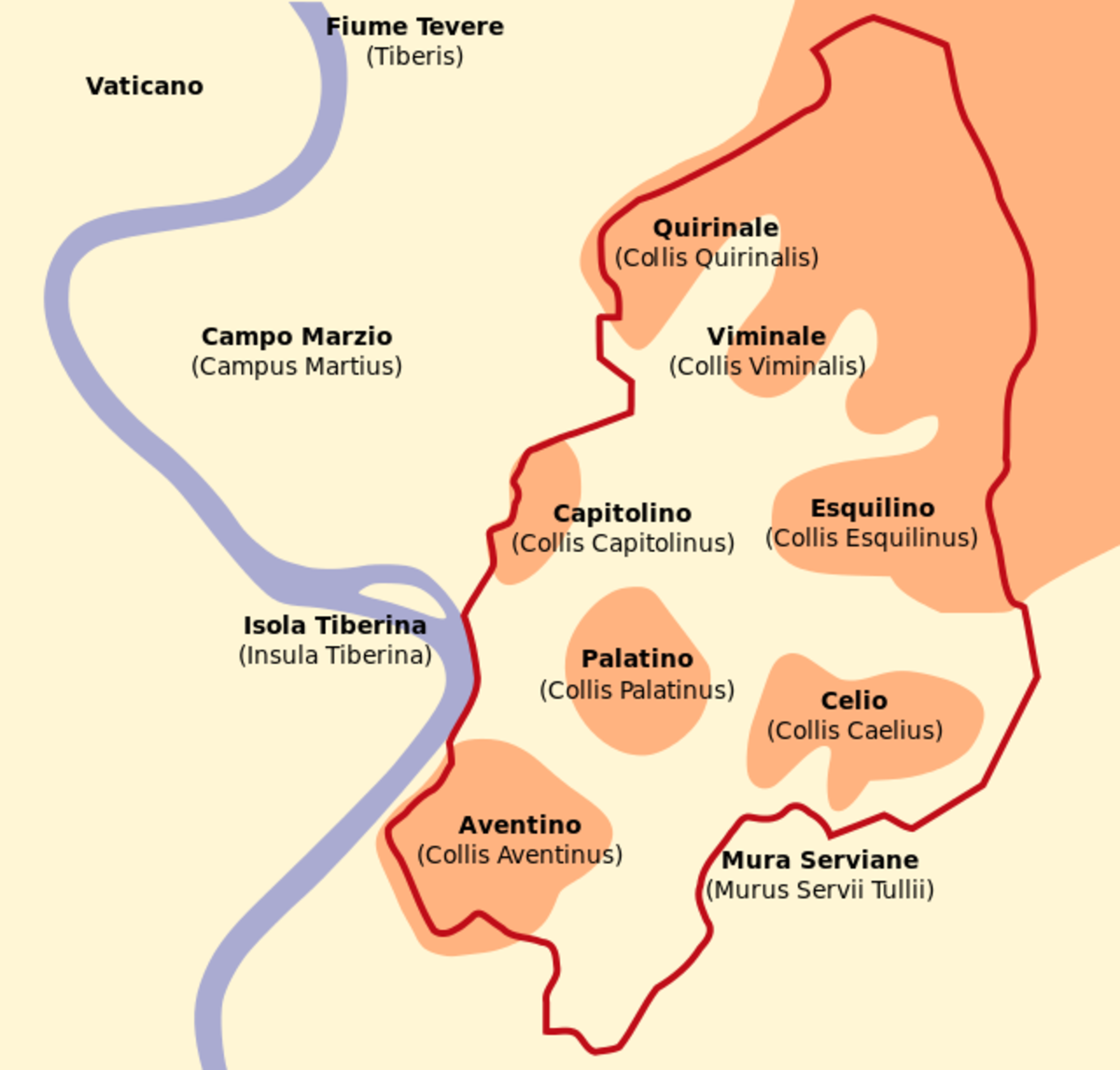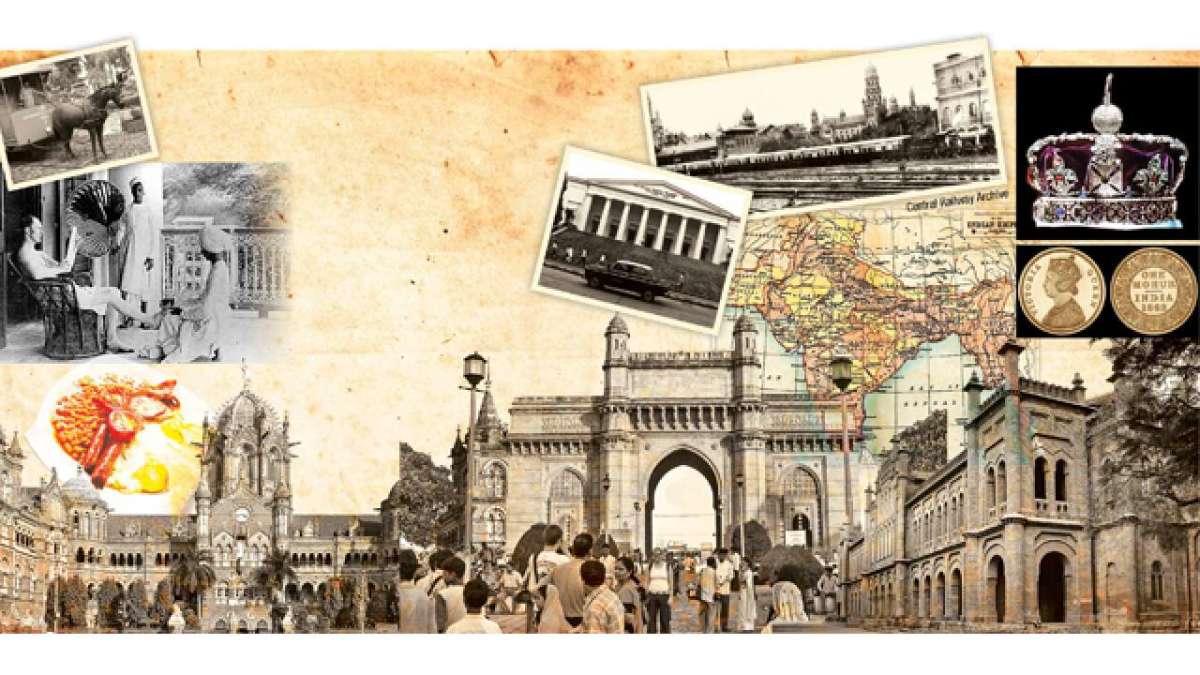Hitler & Stalin
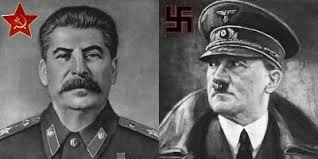
While Adolf Hitler and Joseph Stalin had different political views in terms of how the world should be, the two also had a lot of similarities. These two dictators led by bringing down an iron fist when it came to opposition, but at the same time bearing a soft heart when it came to supporters.
Hitler and Stalin both rose to power in virtually the same way, as the both of them legally rose through the ranks of their respective political party until they were head of their respective nation. In 1922, Stalin was appointed to the newly created office of General Secretary of the Communist Party. At the position, Stalin had control over all party member appointments, which allowed him to build his base. By playing his cards right, making shrewd appointments and consolidating his power, eventually nearly all members of the central command owed their position to him. However, no one realized what Stalin was doing, and by the time they did it was too late. Not even Lenin could take control away from Stalin, and when Lenin died, Stalin took his place as head of the Soviet Union.
Upon Hitler’s release from prison following his failed attempt at a military coup, he joined the Nazi party and quickly began to rise through the ranks. He was charismatic and appealed to the people’s interests, and these qualities helped carry him. Also, there were people like Franz von Papen who wrongfully thought they could use Hitler and his popularity to push forward their own agendas, and so helped Adolf gain power. While Chancellor, Hitler used events such as the Reichstag fire to further his agenda. So, after President Hindenburg died, Hitler took his place as head of Germany.
While the rises of Hitler and Stalin to their respective dictatorships were both legally done, there is a slight difference in the tactic used. Hitler took advantage of his charisma and popularity to take control. Stalin was more strategic in the moves he made while General Secretary.
As Stalin’s rise was mainly based on strategy and not popularity, he of course had opposition, which he dealt with using violence. Known as “The Great Purge”, the Soviet dictator arrested and executed those he viewed as enemies, not caring whether or not they posed an actual threat. His list of enemies included almost all of the founding fathers of the Bolshevik party. However, the list also included ethnic minorities, people who just weren’t poor enough, and religious followers. The usual sentence was execution or hard labor in Siberian concentration camps known as Gulags. Hitler had about two hundred opposition leaders executed. Those who opposed the Fuhrer were also sent to concentration camps. Both of the dictators felt that the way to keep power was to eliminate anyone who would challenge them.
Propaganda was a key part to Nazi power in Germany. Nazi party meetings and rallies were held almost daily in order to expand the size of their party both on the local and national level. They also used parades, concerts, sports festivals, theater and church attendance as a way to increase public support for the party. There was even a Nazi speaker training school established on July 1, 1929, with graduates being contracted to give over thirty public speeches in under eight months. The Nazi party was able to undermine political opposition and strengthen their own position with this far reaching system of propaganda. Joseph Stalin propaganda use was mainly youth based and used to portray himself as a greater leader, as he owned the press. The difference between the two is that Hitler gained a large party base, as the Nazi party became the biggest party in Germany, while Stalin owned the press, so he only printed positive things about himself.
Hitler felt that it was the right of the German people, as the Aryans were the world’s most superior race, to expand eastward. In order to achieve this expansion, Hitler ordered the invasion of nations in order to take their resources and land to support the population growth he was encouraging in his country. He took Austria first. Then he wanted Czechoslovakia, and at the Munich Conference Great Britain and France allowed this in what was to be known as appeasement, as they thought Hitler would be satisfied with what he had. However, when he decided to take Poland that was where Britain and France drew the line. After signing a non-aggression pact with the USSR, Hitler invaded Poland, starting the Second World War.
The Soviet Union signed a non-aggression pact with Germany just two days after talks with the British and French about a possible Franco-Anglo-Soviet alliance broke up. In addition to agreeing to not attacking each other, the two nations also agreed to split up Eastern Europe. The Soviets got an eastern part of Poland, as well as Latvia, Estonia, Finland and Lithuania. However, despite the pact, on the morning of June 22, 1941, Hitler launched Operation Barbarossa, the German invasion of the Soviet Union, thereby starting the war on the eastern front.
Upon taking power, Stalin took complete control of his society. This included religion, education, and family life. As per Marxism, religion in all forms was banned. The thinking behind this was that the loyalty of individual workers should be to each other, not to a supreme being. Since children are the future in any society, schools became strict and mainly focused on courses necessary to develop skilled workers. The soviet dictator believed that children would be much easier to influence about the ways of communism. In terms of family life, Stalin banned wedding rings, took away free abortions and the divorce process (all you had to do was ask for a divorce, but there was no legal proceedings), and gave women equal rights. However, this backfired. Birth rates dropped drastically and divorces were occurring faster than marriages. Stalin was forced to change the laws back.
In Nazi Germany, the youth played virtually the same part as in the Soviet Union. The Hitler Youth was an organization aimed at getting German kids started from a young age in Nazism. Hitler, like Stalin, knew that children of the day were the future of their nations. Women however were even more valued in Germany, as they were supposed to birth the next generation. Husbands treated their wives poorly, creating a guilty feeling in the wives. This led to the wives appreciating their husbands more thus creating obedient wives. The children would then see how obedient their mom was and grow closer to their mom because of how strict their dad was, thus creating obedient children.
Both Hitler and Stalin used the youth and women of their respective country to further their agendas. However, Hitler was more successful, possibly because he was less forceful about it.
On the Soviet end, their transition from the Second World War to the Cold War was mainly based on their disagreements with the United States on how to deal with the post-war world, including Germany. The Soviets wanted Germany to pay heavy reparations and not be allowed to recover from World War II, while the US wanted to let Germany recover, believing that Germany’s recovery was key to Europe’s recovery. This disagreement led to the Berlin Blockade and Airlift early in the Cold War. Germany’s part in the early Cold War was to be argued over between the United States and the Soviet Union. Germany had just lost another World War, its leader had just committed suicide, and it was broke. So Germany wasn’t in any shape to be doing anything on the international scale. After the war in Europe, Germany was divided into four sections: United States, Soviet Union, Great Britain, and France. Then, Berlin, which was in the Soviet section, was divided into four sections.
Adolf Hitler and Joseph Stalin were two very ambitious men who ended up leading a country and killing a lot of people. However, they were both supported, as well as opposed. They were possibly more hailed by their people than condemned.

